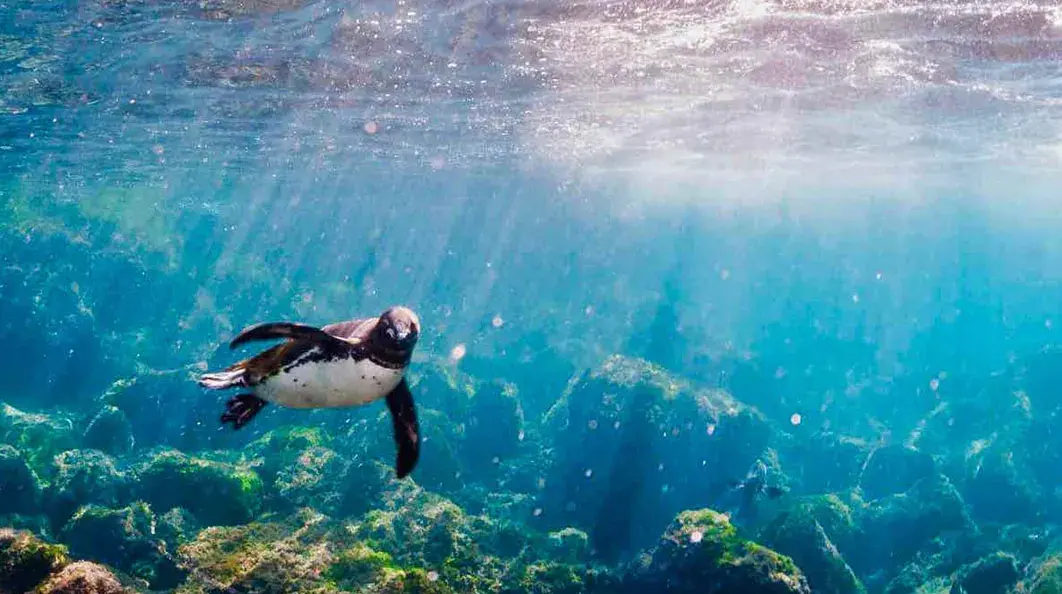
Table of Contents
Introduction – The Worst Time to Visit Galapagos
The Galapagos Islands, located in the Pacific Ocean off the coast of Ecuador, are renowned for their unique and diverse wildlife and stunning landscapes. Planning a trip to this archipelago requires careful consideration of the best time to visit, as well as the worst time to avoid unfavorable conditions. This article will guide you through the seasons and factors to consider when planning your Galapagos adventure, ensuring a memorable and enjoyable experience.
Understanding the Climate of the Galapagos
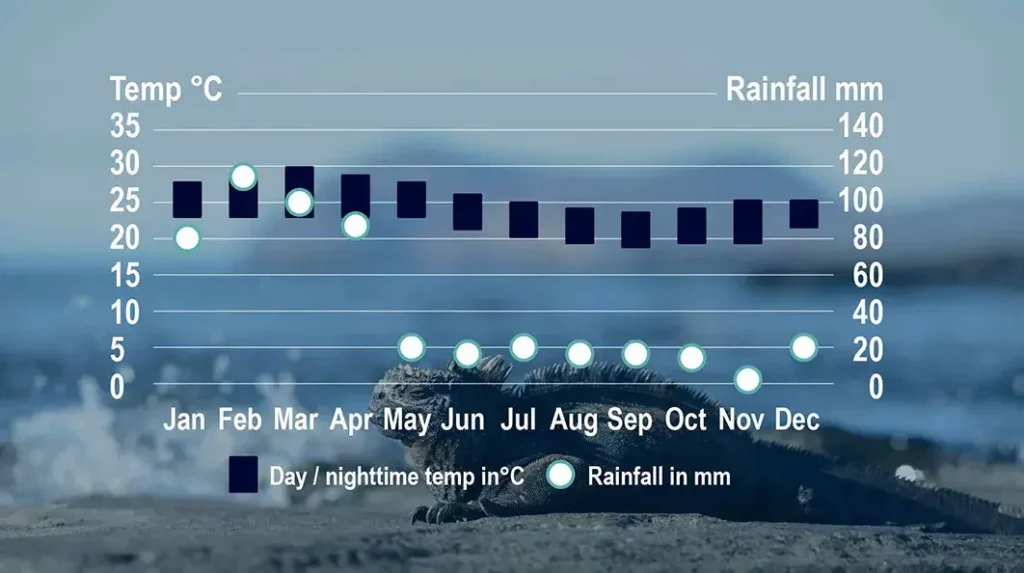
The Galapagos Islands experience a unique climate influenced by the convergence of warm and cool ocean currents. There are two main reasons:
- Dry Season (June to December): During this period, the weather is relatively cool and dry, with temperatures ranging from 68°F to 82°F (20°C to 28°C). The sea is more relaxed, making it ideal for snorkeling and diving.
- Wet Season (January to May): The wet season brings warmer temperatures ranging from 77°F to 90°F (25°C to 32°C) and occasional rainfall. The sea is more generous, providing excellent conditions for swimming and underwater activities.
The Best Time to Visit Galapagos
The best time to visit the Galapagos Islands depends on your preferences and interests. The dry season is generally recommended if you are keen on specific wildlife sightings, such as mating rituals and nesting activities of various species. On the other hand, the wet season is ideal for witnessing lush green landscapes and a wider variety of marine life.
The Worst Time to Visit Galapagos
When planning your Galapagos adventure, you must be well-informed about the worst time to visit the Galapagos to avoid inconveniences. While the Galapagos’ allure remains constant throughout the year, there are specific periods when weather conditions, wildlife sightings, and other factors may not align with your travel preferences. Understanding each season’s challenges can help you make a well-informed decision and ensure a smooth and enjoyable trip to this unique and ecologically diverse destination.
4.1 Rainy Season Woes -The Worst Time to Visit Galapagos
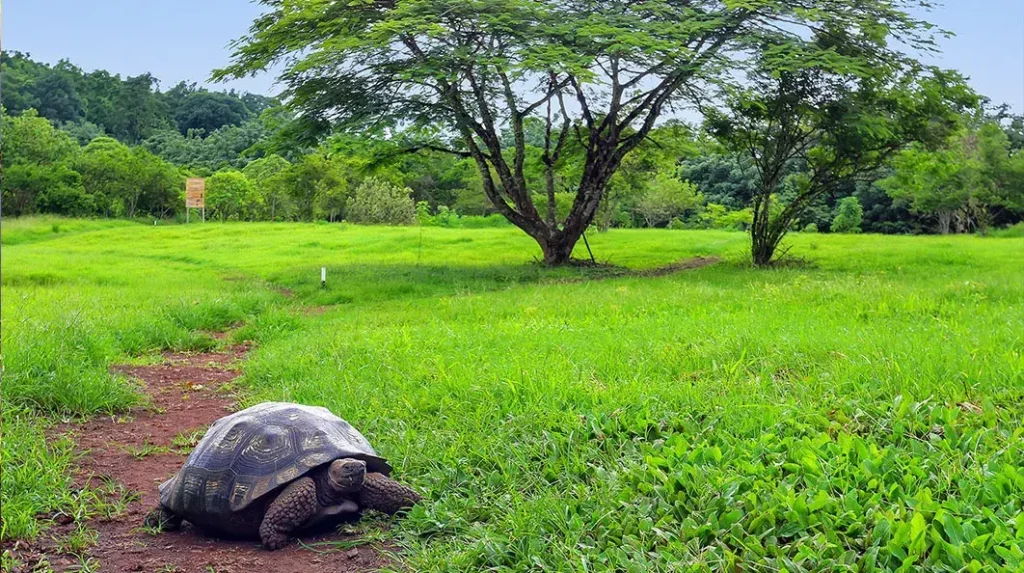
The rainy season, stretching from January to May, is characterized by increased rainfall and occasional heavy downpours. The wet trails can become muddy and slippery, making hiking and exploring the islands more challenging. This period might not be the best choice for travelers seeking outdoor adventures and nature walks, as it can hinder access to some areas and limit the experience of the Galapagos’ natural wonders.
4.2 Scorching Hot Temperatures -The Worst Time to Visit Galapagos
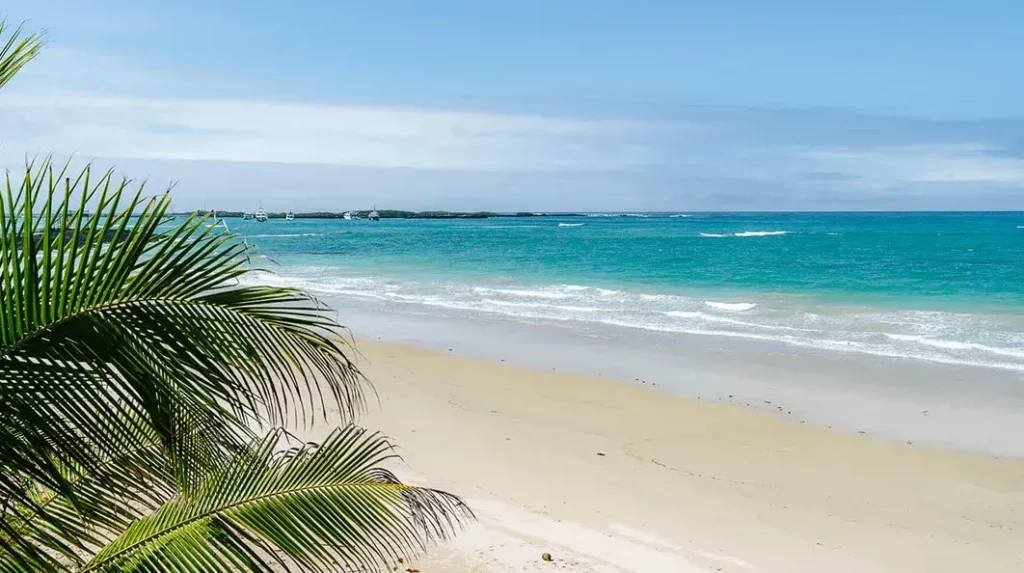
Visiting the Galapagos during the warm season, from January to April, means encountering higher temperatures and increased humidity. While the sea offers refreshing opportunities for swimming and snorkeling, the heat can be overwhelming, particularly for those unaccustomed to such conditions. Staying hydrated is crucial to fully enjoy outdoor activities during this time, wearing appropriate sun protection, and planning excursions for the more excellent parts of the day.
4.3 Unfavorable Wildlife Sightings -The Worst Time to Visit Galapagos
The Galapagos Islands boast an astonishing array of unique wildlife, each species with distinct behaviors and breeding patterns. Unfortunately, certain species have specific breeding and nesting periods that do not coincide with the peak tourist season, which falls within the dry season from June to December. If your primary goal is to witness rare wildlife behaviors, such as mating rituals and nesting activities, visiting during the high tourism months might lead to missed opportunities.
4.4 Budget-Busting Peak Season -The Worst Time to Visit Galapagos
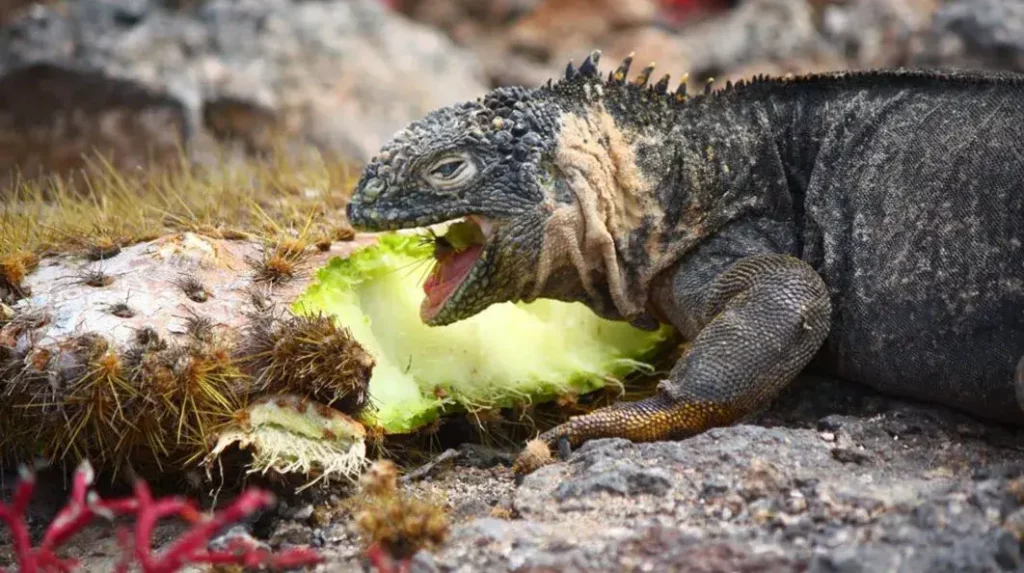
The peak tourist season in the Galapagos occurs from June to August and again in December and January. During these months, the islands welcome many tourists, increasing demand for accommodations, tours, and cruises. Consequently, prices tend to surge, potentially straining your travel budget. If you’re looking to economize on your trip, consider alternative months when tourist numbers are lower and prices are more reasonable.
By considering these factors and carefully planning your travel dates, you can optimize your Galapagos experience and make the most of this extraordinary destination. Whether you embrace the unique offerings of the wet season, witness the remarkable wildlife during specific months, or avoid peak tourism periods, a well-planned trip will undoubtedly leave you with cherished memories and a profound appreciation for the wonders of the Galapagos Islands.
Alternatives to Avoid the Worst Time
Fortunately, there are several alternatives that savvy travelers can consider to avoid the challenges of the worst times to visit the Galapagos Islands. By strategically planning your trip, you can still enjoy the wonders of this natural paradise without compromising on your preferred experiences. Here are some alternatives to consider:
– Visit during the Shoulder Seasons:
May and December are transitional periods between the wet and dry seasons. The weather is generally pleasant during these shoulder months, with milder temperatures and fewer tourists. This allows you to explore the islands comfortably while enjoying more affordable accommodations and tours than in peak months.
– Plan for the Early or Late Dry Season:
If you desire a balance between good weather and fewer crowds, consider visiting the Galapagos in June or November. These months fall at the beginning and end of the dry season, respectively. The weather remains favorable, and wildlife sightings are still abundant, making it an ideal time to experience the best of the Galapagos without the peak season’s hustle and bustle.
– Embrace the Wet Season:
While the wet season may present some challenges, it offers unique advantages that adventurous travelers will appreciate. The lush greenery and blooming flora during this time create breathtaking landscapes. Moreover, the warmer waters attract a more diverse marine life, providing excellent opportunities for snorkeling and diving enthusiasts. With some flexibility and proper planning, the wet season can be an enchanting time to explore the Galapagos in a less crowded setting.
– Explore Land-Based Options:
Instead of a traditional cruise, consider exploring the Galapagos Islands through a land-based itinerary. Staying at hotels or lodges on inhabited islands gives you more control over your daily activities and schedules. This approach is ideal for those who prefer a slower-paced, more personalized experience and wish to avoid the potential motion discomfort associated with boat travel.
– Work with Reputable Tour Operators:
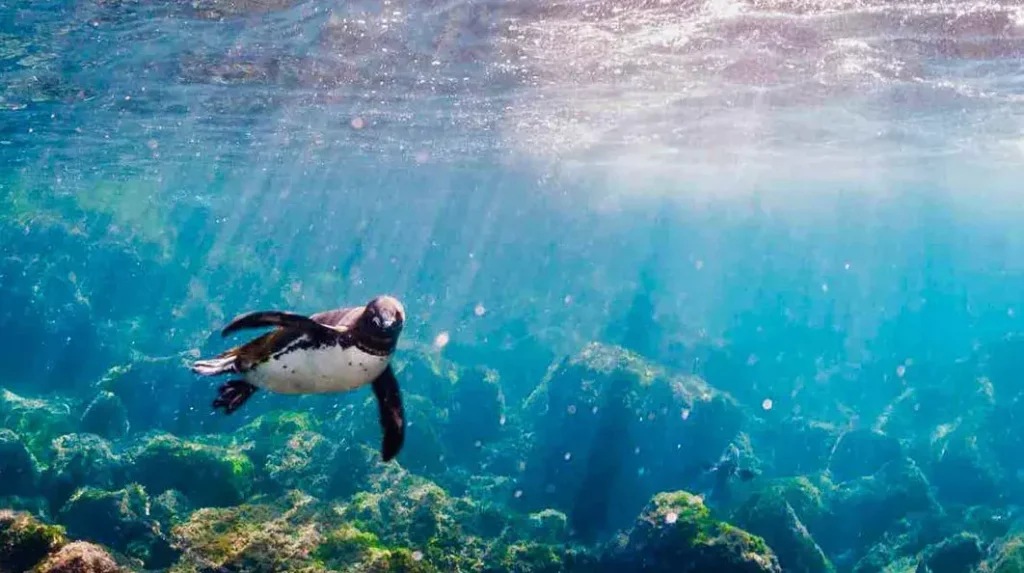
Working with a reputable tour operator is crucial for ensuring a well-organized and enjoyable trip regardless of your chosen season. Experienced tour operators will provide valuable insights, expert guides, and carefully curated itineraries that maximize your wildlife encounters and sightseeing opportunities.
Considering these alternatives, you can tailor your Galapagos adventure to suit your preferences and interests, ensuring a memorable and rewarding experience on these remarkable islands. Whether you’re a nature enthusiast, a wildlife photographer, or simply seeking a tranquil escape, the Galapagos Islands offer something extraordinary for every traveler throughout the year.
F.A.Q. (Frequently Asked Questions)
Q1: Is it possible to see specific wildlife during the wet season?
A1: Yes, the wet season offers unique opportunities to witness various wildlife species, including sea birds, sea lions, and marine iguanas, engaged in breeding and nesting activities.
Q2: Are there any budget-friendly options during the peak season?
A2: While prices may be higher during the peak season, you can still find budget-friendly accommodations and tours by booking in advance and comparing different options.
Q3: Is the wet season suitable for swimming and snorkeling?
A3: The wet season provides warmer waters, making it an excellent time for swimming and snorkeling. The sea is teeming with marine life, offering exciting underwater encounters.
Conclusion
In conclusion, planning a trip to the Galapagos Islands requires careful consideration of the best and worst times to visit. While the archipelago offers incredible experiences year-round, being aware of each season’s challenges can help you tailor your trip to your preferences and interests. Whether you want to witness specific wildlife behaviors or seek budget-friendly options, making an informed decision will ensure an unforgettable Galapagos adventure. Remember to check the latest weather updates and consult with reputable tour operators to make the most of your journey to this remarkable natural wonder.
See The Worst Time to Visit Cancun: Avoiding the Crowds and Challenges 2023
